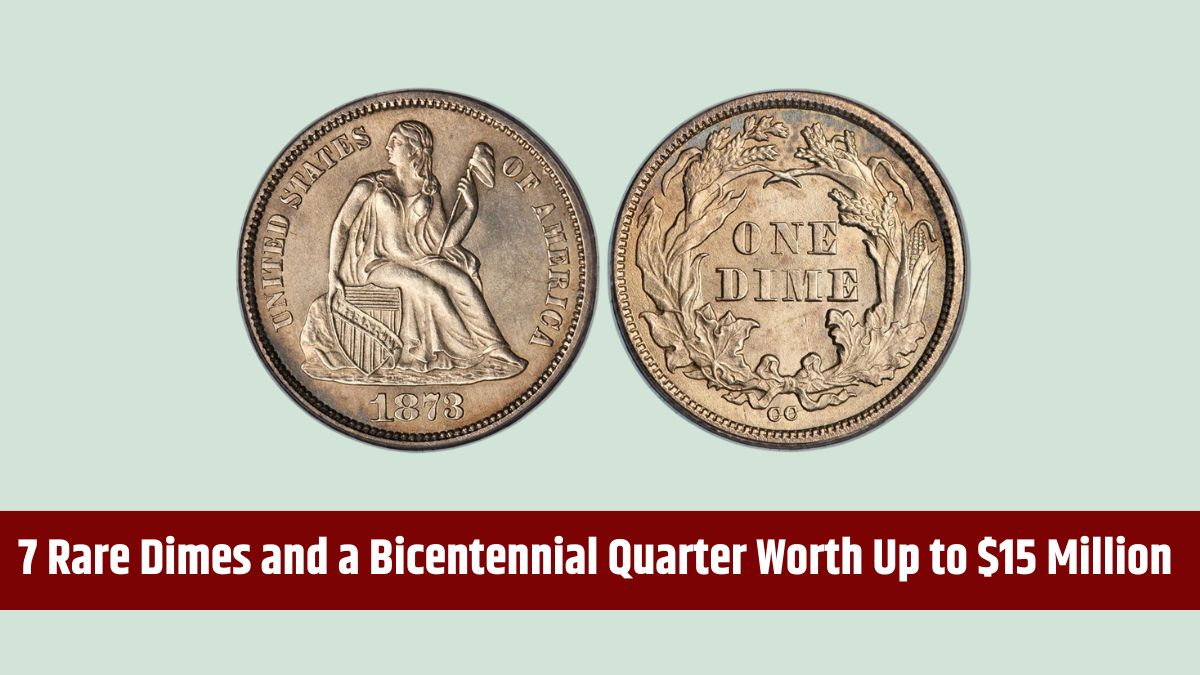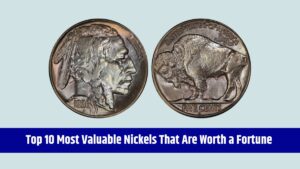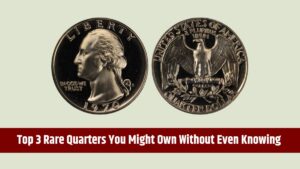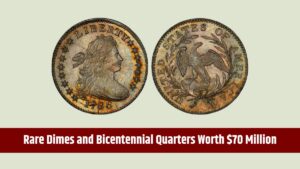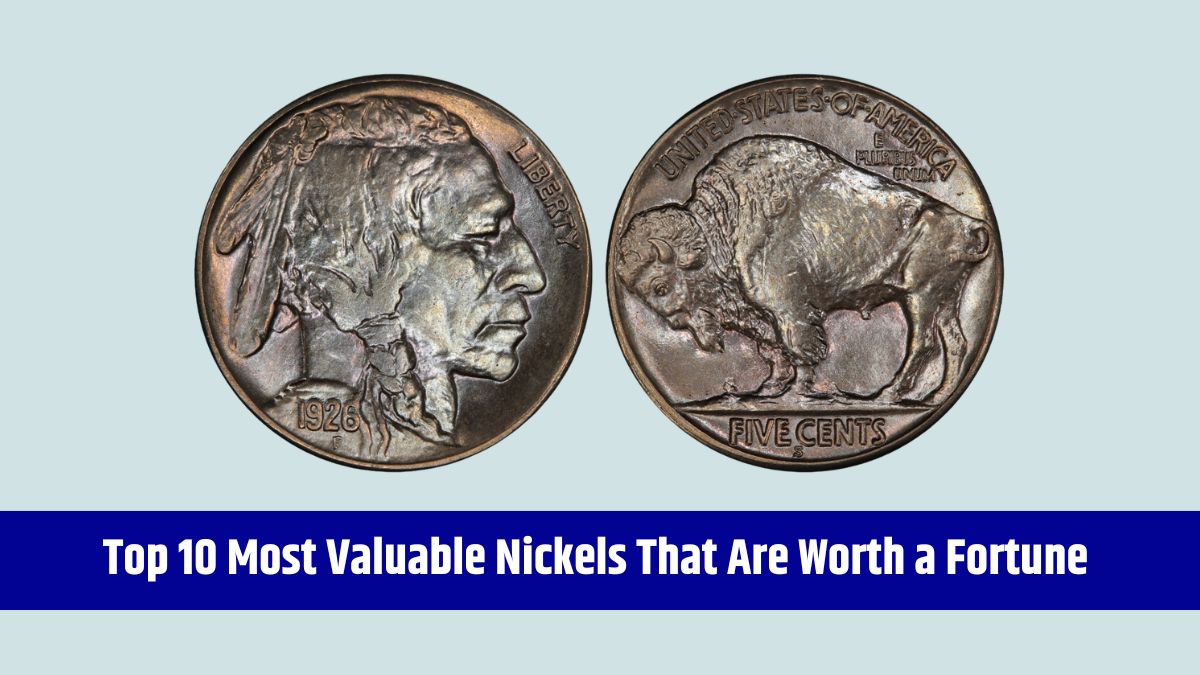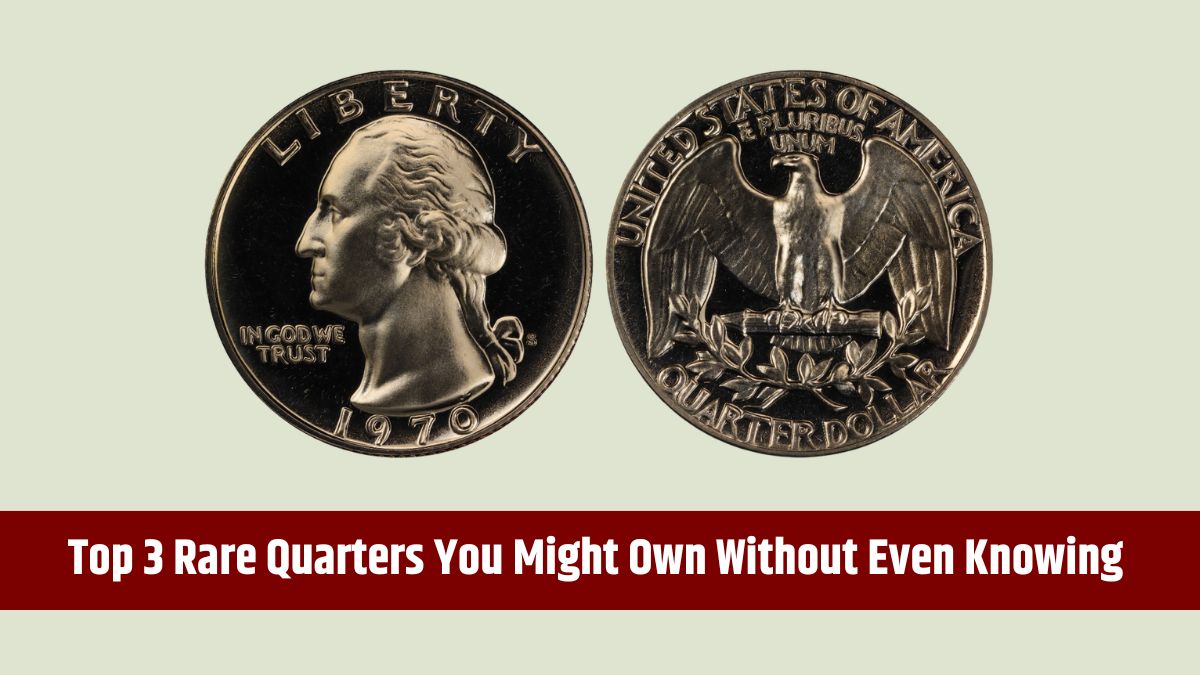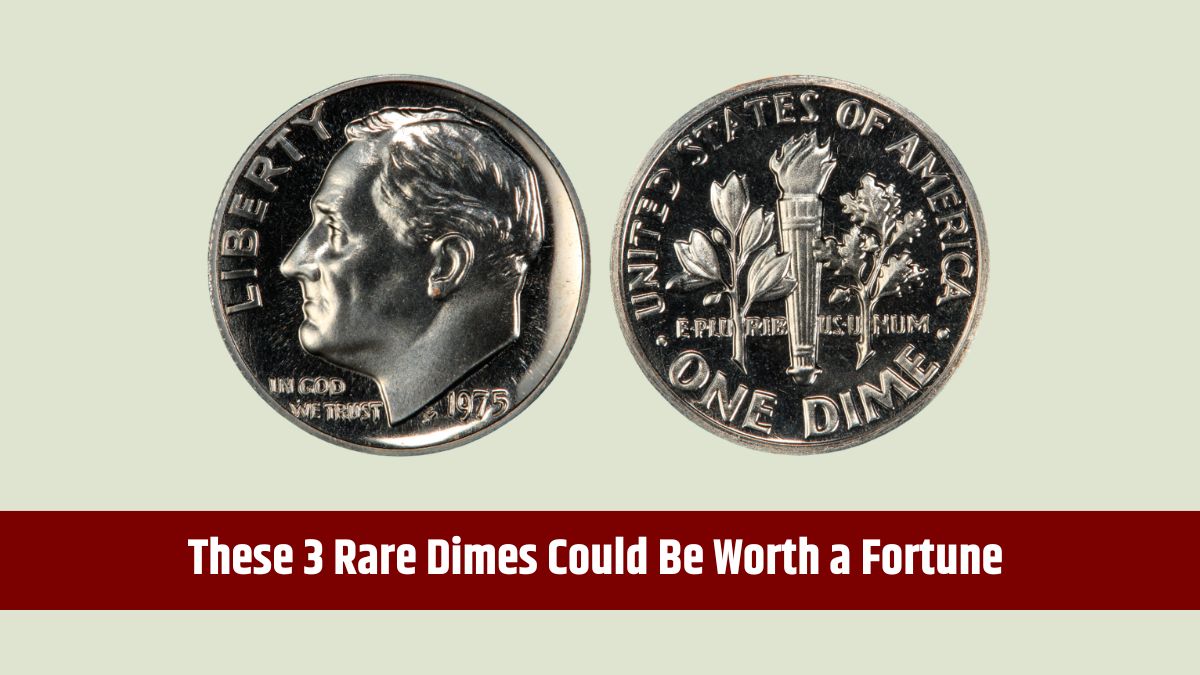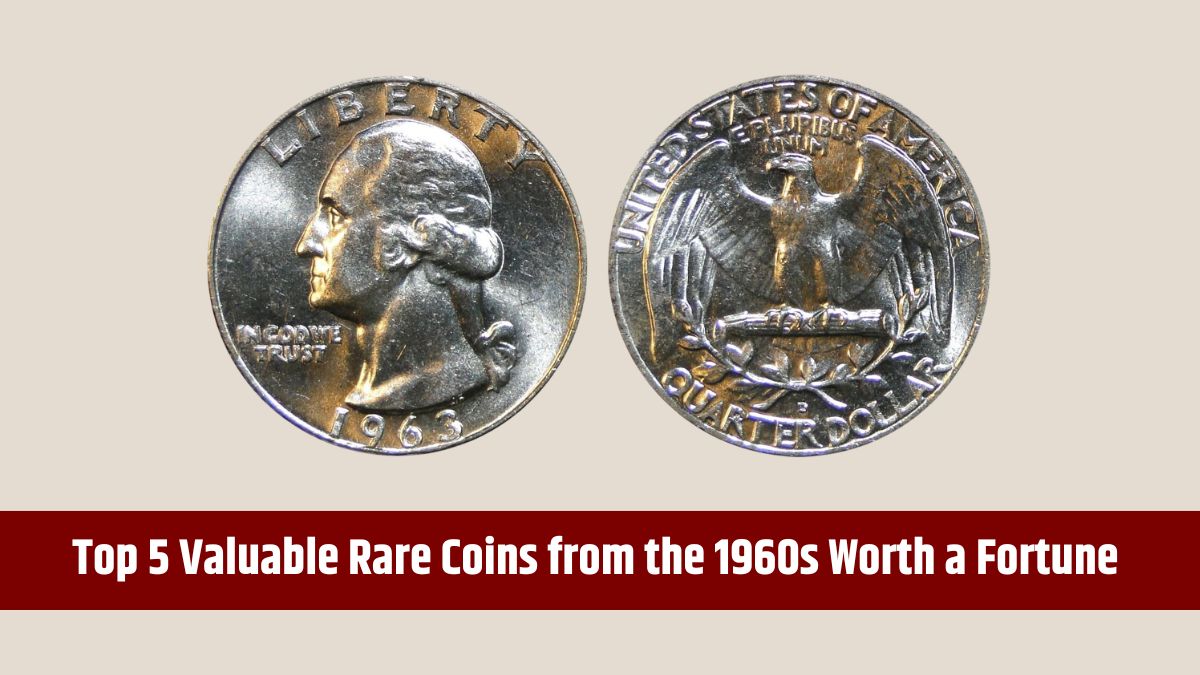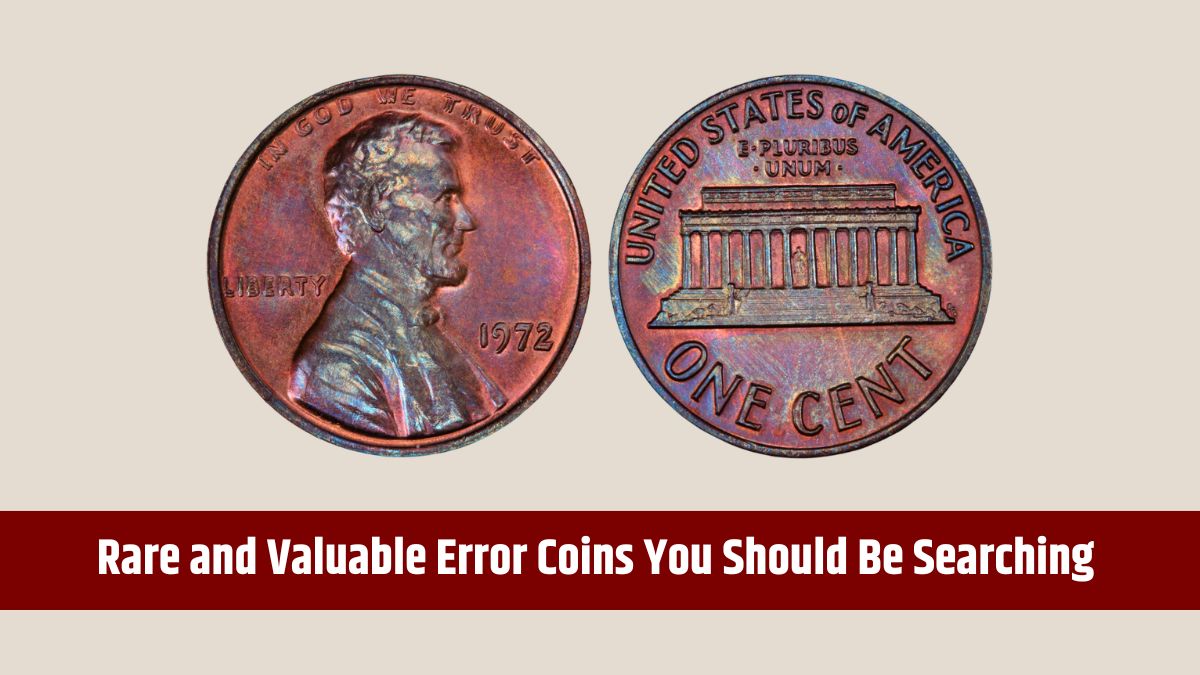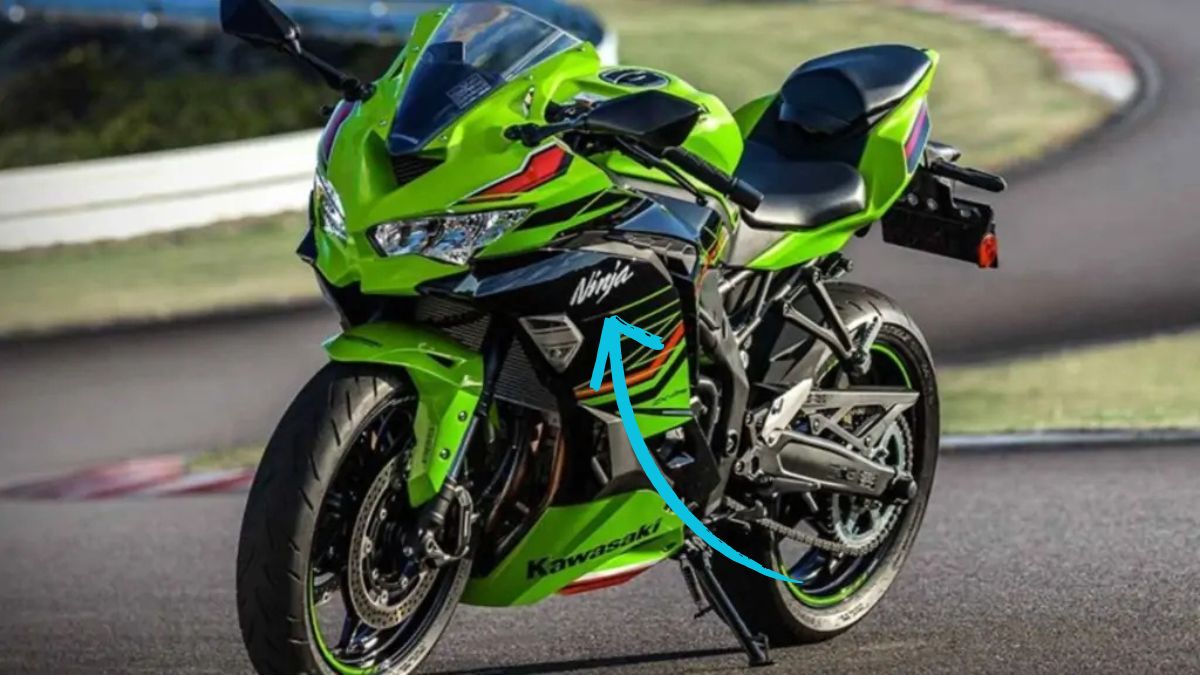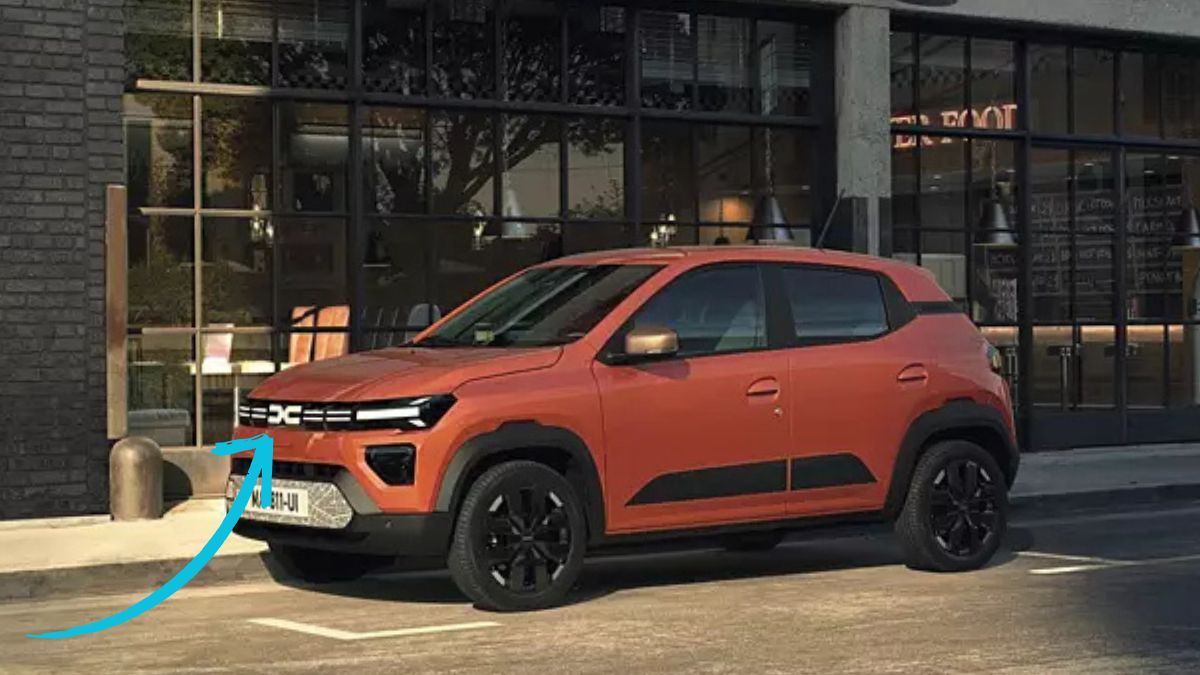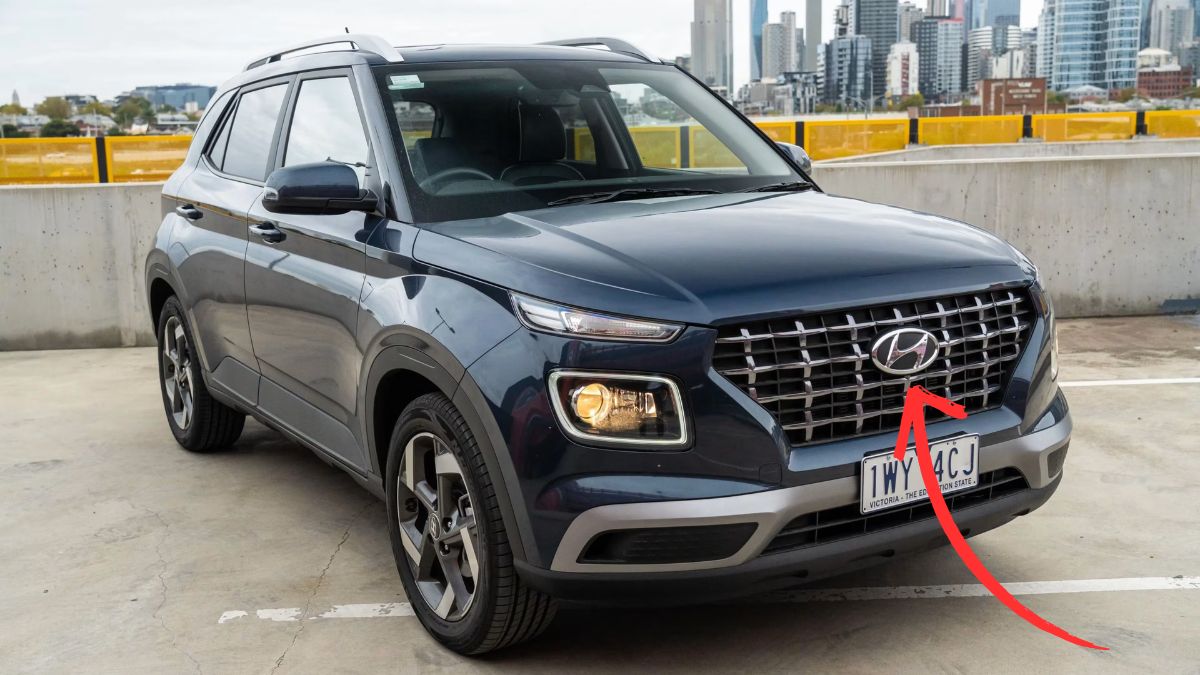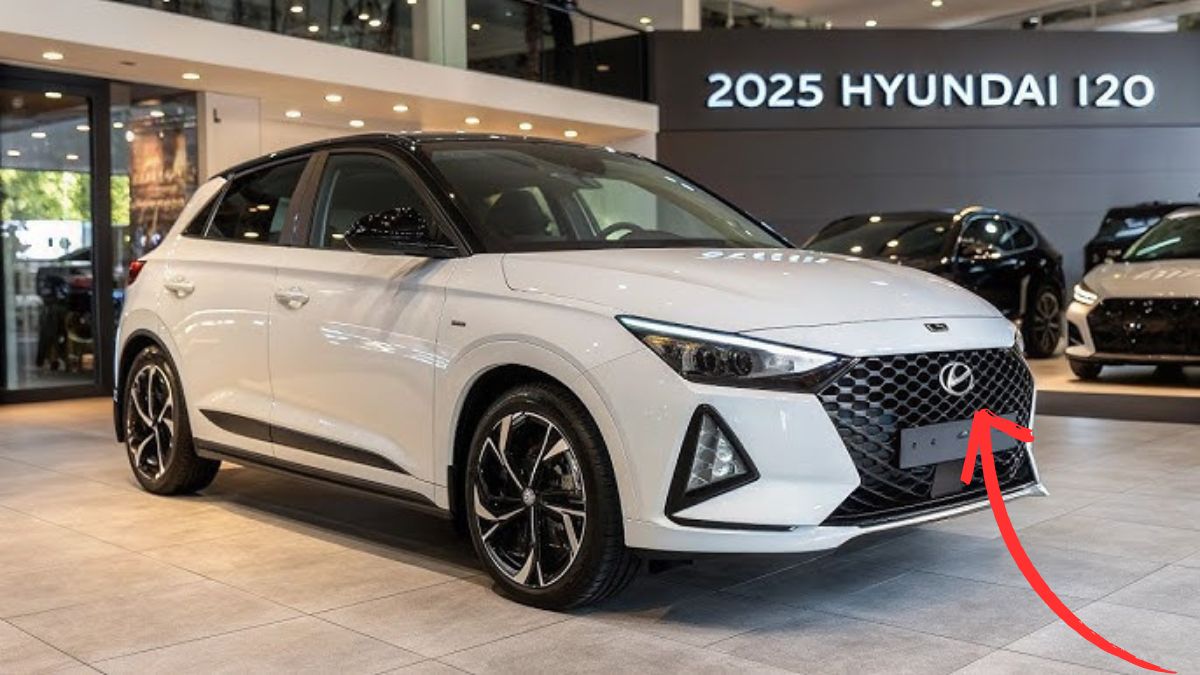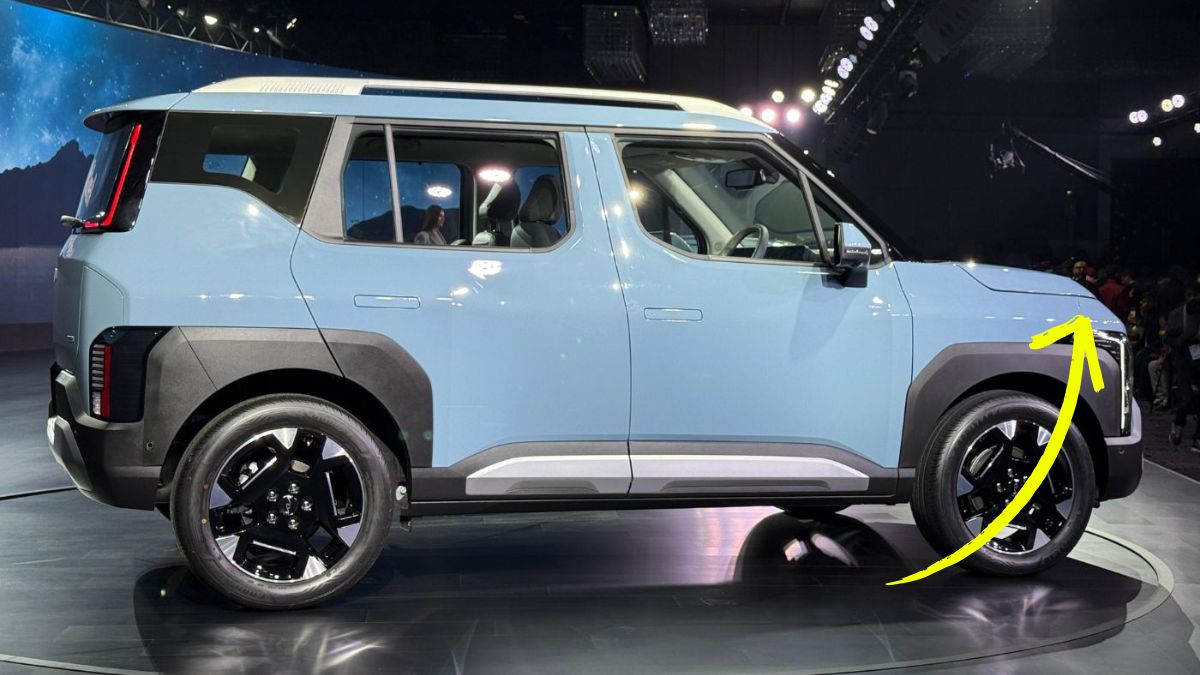In the world of coin collecting, some coins are more than just spare change—they’re hidden treasures. Among them, seven rare dimes and a special Bicentennial Quarter have fascinated collectors due to their extreme rarity and high market value. Some of these coins could still be in circulation, making them an incredible find for anyone lucky enough to come across them. Let’s look into the details of these numismatic gems.
Table of Contents
1894-S Barber Dime
The 1894-S Barber Dime is one of the most sought-after coins in American history.
This dime was minted in San Francisco, with only 24 ever produced. Today, only nine are known to exist, making it one of the rarest U.S. coins. The exact reason for such a limited mintage remains a mystery. Some believe they were struck as test pieces, while others think they were created as special gifts or presentations.
The extreme rarity of this dime has made it highly valuable, with recent auction sales reaching as high as $1.9 million. Its mystery and scarcity contribute to its astronomical worth.
To identify this coin, look for the “S” mint mark below the wreath on the reverse. The obverse features Liberty’s head facing right, designed by Charles E. Barber.
1916-D Mercury Dime
The 1916-D Mercury Dime, minted in Denver, is another highly desirable piece for collectors.
This was the first year the Mercury Dime design was introduced, replacing the Barber Dime. However, the Denver Mint produced only 264,000 of these coins, making it extremely rare compared to other dimes from the same period.
In pristine condition, a 1916-D Mercury Dime can sell for more than $100,000. Even circulated examples are valuable, with prices ranging from $1,000 to $10,000, depending on wear and condition.
To identify this dime, look for the “D” mint mark on the reverse, near the bottom. The obverse features the iconic “winged Liberty” design, which is often mistaken for the Roman god Mercury.
1873-CC Seated Liberty Dime
The 1873-CC Seated Liberty Dime, minted in Carson City, Nevada, is a rare and prized find.
Carson City’s mint operated between 1870 and 1893, producing relatively few coins. Many of its issues are considered rare today, and this dime is no exception.
With only 12,400 minted and far fewer surviving, a well-preserved 1873-CC Seated Liberty Dime can be worth over $50,000. Its connection to the famous Carson City Mint adds to its desirability among collectors.
To recognize this coin, check for the “CC” mint mark on the reverse, below the wreath. The obverse features Liberty seated on a rock, holding a shield.
1975 No-S Roosevelt Dime
Unlike older rare dimes, the 1975 No-S Roosevelt Dime is a modern rarity caused by a minting error.
Proof coins from San Francisco should always have an “S” mint mark, but a small number of 1975 proof dimes were struck without it. This mistake makes them extremely valuable.
Because of its rarity, a 1975 No-S Roosevelt Dime in pristine condition can sell for over $500,000.
To identify one, check 1975 proof sets. The dime should have a mirror-like proof finish but should be missing the “S” mint mark below Roosevelt’s bust.
1982 No-P Roosevelt Dime
Another modern error coin, the 1982 No-P Roosevelt Dime, was minted in Philadelphia but lacks the required mint mark.
Before 1980, Philadelphia-minted dimes did not carry a mint mark. However, starting that year, all dimes from Philadelphia were supposed to include a “P” mark. In 1982, a batch of dimes was mistakenly struck without it, making them valuable to collectors.
While not as pricey as older rare dimes, a well-preserved 1982 No-P Roosevelt Dime can still fetch several thousand dollars at auction.
To identify this coin, check for 1982 dimes that are missing a mint mark. The absence of the “P” is what makes it special.
1968 No-S Roosevelt Dime
The 1968 No-S Roosevelt Dime is another proof coin that was mistakenly struck without its intended mint mark.
San Francisco-produced proof coins should always have an “S” mint mark. However, a small number of 1968 proof dimes were minted without it, making them valuable to collectors.
A 1968 No-S Roosevelt Dime in excellent condition can be worth over $20,000.
To check if you have one, look at 1968 proof sets for a dime that lacks the “S” mint mark. The coin should also have a proof finish.
1942/1 Mercury Dime Overdate
The 1942/1 Mercury Dime is a fascinating error coin resulting from an overdate mistake during wartime.
As the United States entered World War II, a 1941 die was mistakenly reused to strike some 1942 dimes. This resulted in a visible overdate, where traces of a “1” can be seen underneath the “2” in 1942.
Depending on condition, a 1942/1 Mercury Dime can be worth anywhere from $500 to over $10,000.
To identify this dime, look closely at the date. If you see signs of a “1” underneath the “2,” you might have a valuable coin.
Bicentennial Quarter
The Bicentennial Quarter, though not as old as the rare dimes, can still be highly valuable under the right conditions.
Minted in 1975 and 1976 to celebrate America’s 200th anniversary, these quarters feature a colonial drummer on the reverse and the dual date “1776-1976.”
Most Bicentennial Quarters are only worth face value, but some rare variations can fetch high prices. Certain versions were minted in 40% silver instead of the standard copper-nickel clad, making them more valuable, especially in uncirculated condition.
Additionally, some quarters feature minting errors, such as double strikes or wrong planchets, which can make them worth thousands or even millions to the right collector. Even high-grade, uncirculated Bicentennial Quarters can be worth significantly more than face value.
The value of these quarters depends on their rarity. Most circulated Bicentennial Quarters are worth only 25 cents, but rare variations have sold for anywhere from a few hundred dollars to claims of millions for exceptionally rare error coins.
Finding one of these coins could be like striking gold. Whether hidden in pocket change or stored in an old collection, these rare dimes and the Bicentennial Quarter are worth keeping an eye out for. You never know—you might just be holding a small fortune in your hands.
FAQs
What makes the 1894-S Barber Dime so valuable?
Only 24 were minted, and just 9 are known to exist today.
How can I identify a 1916-D Mercury Dime?
Look for the ‘D’ mint mark on the reverse, near the bottom.
Are Bicentennial Quarters always valuable?
Most are worth face value, but rare errors and silver versions are valuable.
What is the most expensive rare dime?
The 1894-S Barber Dime, worth up to $1.9 million.
How do I check if my dime is a No-S or No-P error?
Look for proof or 1982 dimes missing their usual mint mark.

